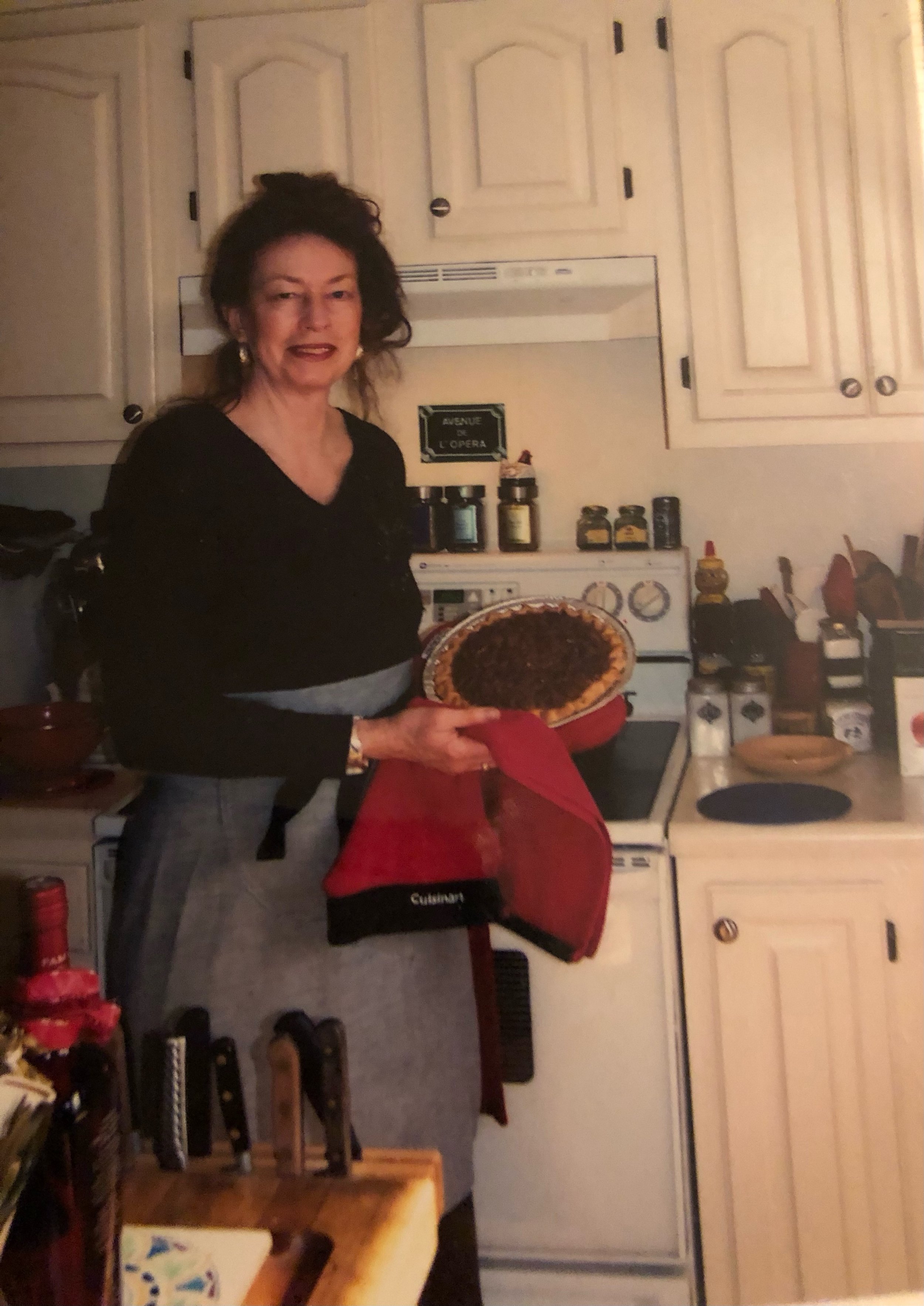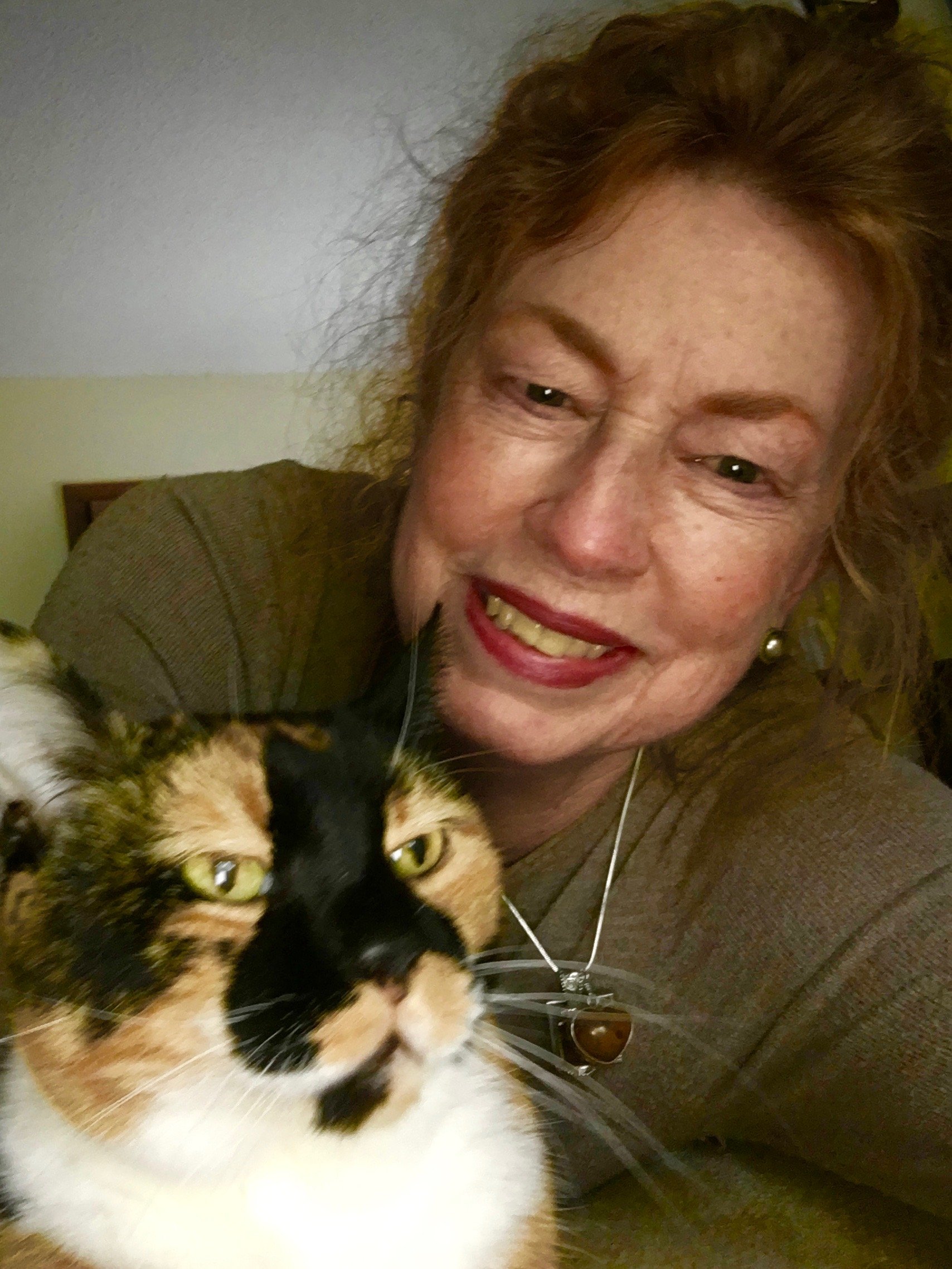The Joy of Small Kitchens
In this era of mega modern kitchens and six-burner, industrial Wolf stoves, I would like to speak of the simple pleasures and delicious hours that I’ve spent cooking in small kitchens over the past half a century. Whether I’m cooking for one or twenty, the adventure is always a joy.
My first tiny kitchen circa 1950 was one that my parents gave me for Christmas. There I spent hours calling friends on a toy phone to invite them to my imagined dinners. I grew up in a military family that moved from one Air Force base to another every two or three years. Whatever kitchen and stove awaited us when our belongings were delivered in an Atlas moving van, my mother gamely prepared dinners from a Good Housekeeping cookbook for my father and her four daughters. Our favorite meal was her fabulous meatloaf and mashed potatoes.
Fast forward to my years as a Peace Corps volunteer in Thailand (1967-70) where my kitchen had no stove, refrigeration, or running water. I cooked rice on an electric hot plate and kept non-perishable food in a pie safe. Water for cooking and washing dishes was collected from an outdoor water jar and boiled before drinking. Milk was the thick, sticky, condensed variety poured from a tin can. Meals were spicy Thai sauces, fresh fish and fruit purchased at a local market.
When I met Kit in 1976 in Los Angeles, he invited me to have dinner at his apartment with his children Hayden and Heidi. That night he served meatloaf and mashed potatoes (skins included). A week later when I made my mother Alice’s meatloaf for our quartet, they quickly agreed that I should take over the cooking. A year later, the four of us and my two cats moved into the Cottage—an 800-square foot, 1920s home up Beverly Glen Canyon where we lived for the next decade. I happily planned and prepared our dinners, and they did the dishes.
The Cottage had a tiny kitchen with a massive vintage 1940s Wedgewood gas stove at one end, a cobalt blue enamel sink at the other, one three-shelf open cupboard and an oak butcherblock table along the opposing wall. The refrigerator was one step down from the kitchen area in an annex that served as a pantry and the laundry room.
The quietude of that tiny kitchen was a balm for the body and senses after weekdays spent teaching at a large urban JHS in South Central L.A. Once home from the noise and density of the city, I decompressed by gathering lemons and roses from our backyard canyon garden. Weeknights, I turned to Martha Stewart’s two “quick cook menus” cookbooks for recipes. But on weekends and for special events, it was Julia Child’s classic recipes for boeuf bourguignon, coq au vin, and Reina de Saba (Chocolate & Almond Cake) that I loved preparing.
My most memorable culinary challenge was a dinner I prepared for Gilbert M. Grosvenor, President of the National Geographic Society in that tiny kitchen at the Cottage. While on a trip to Los Angeles, Gil had popped into Kit’s UCLA office to talk about a Geography Education Program Kit had launched in CA. Kit promptly invited Mr. Grosvenor to dinner the following night. In his terrific 2022 memoir “A Man of the World: My Life at National Geographic,” Gil recounts that evening at the Cottage in his chapter “My $125 Million Dinner.”
“The dining room was about 10 feet square, and the kitchen was so small that the refrigerator lived on an annex porch. Kit’s wife, Cathy Riggs-Salter—a geography teacher in a local public school—served coq au vin at a table so tight that all the plates clattered against one another whenever anyone shifted in his or her seat. She called it their “plate tectonics.” I was instantly charmed.”
Gil continued, “Sometime between the first bottle of wine that I’d brought as a gift and the second, Kit outlined his alliance of California geography teachers…. I might have spent $25 on those two bottles of wine. But the ultimate cost of dinner in that tiny house, I like to joke, was probably more than $125 million. Because that is what we (the Society) ultimately spent on the Geographic Education program we created.”
The meal that night was from Julia Child’s “Mastering the Art of French Cooking.” Julia developed a passion for cooking when she lived in 1950s Paris with her husband Paul Child and the first of their many cats. After studying at Paris’s famed Cordon Bleu, she teamed up with Louisette Bertholle and Simone Beck with whom she co-authored “Mastering the Art of French Cooking Vol. 1: (1961)—the first cookbook that explained how to create authentic French dishes in American kitchens with American ingredients.
In my mint green galley kitchen in the Sierra Foothills, I keep a copy of Paul Child’s black and white photograph of Julia (6’2” tall) towering over a tiny stove in their apartment at 81 rue de l’Université in Paris. Her buoyant spirit, our shared love of cats, and her appetite for cooking continue to bring me joy. Merci Julia for all of the times you’ve loomed over my shoulder in small kitchens from CA to Missouri, always with a cat or two underfoot. Bon appétit!







